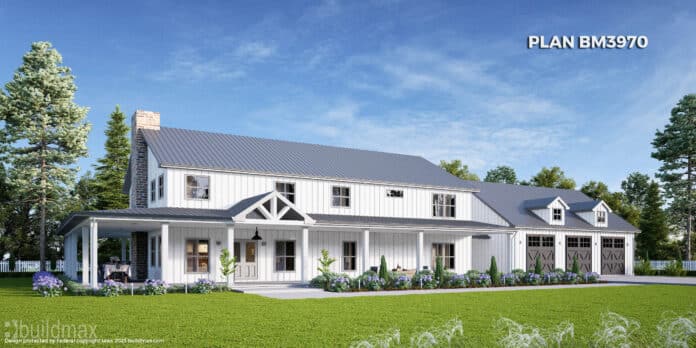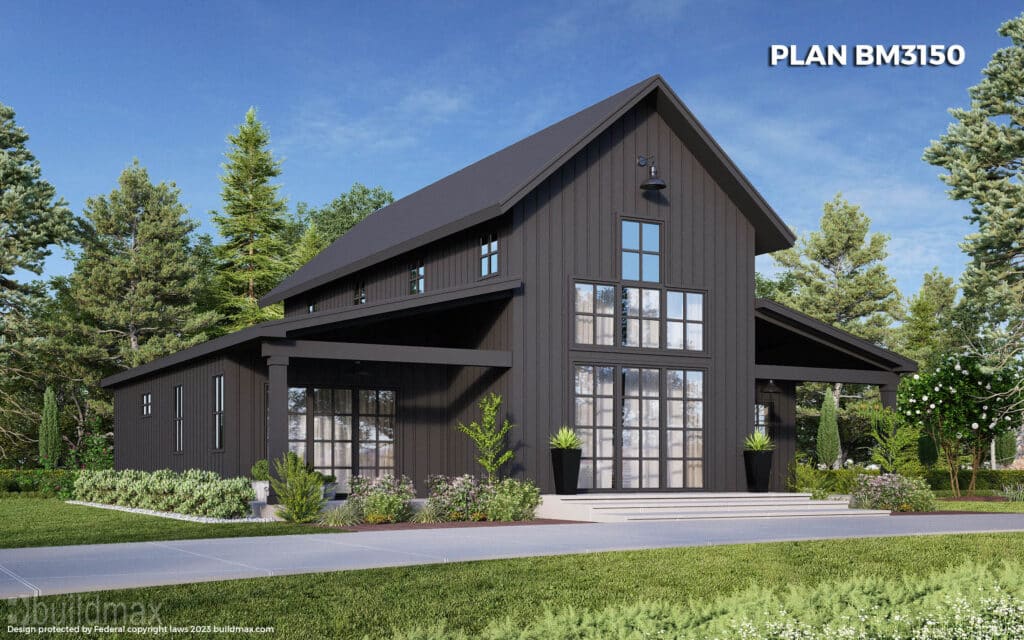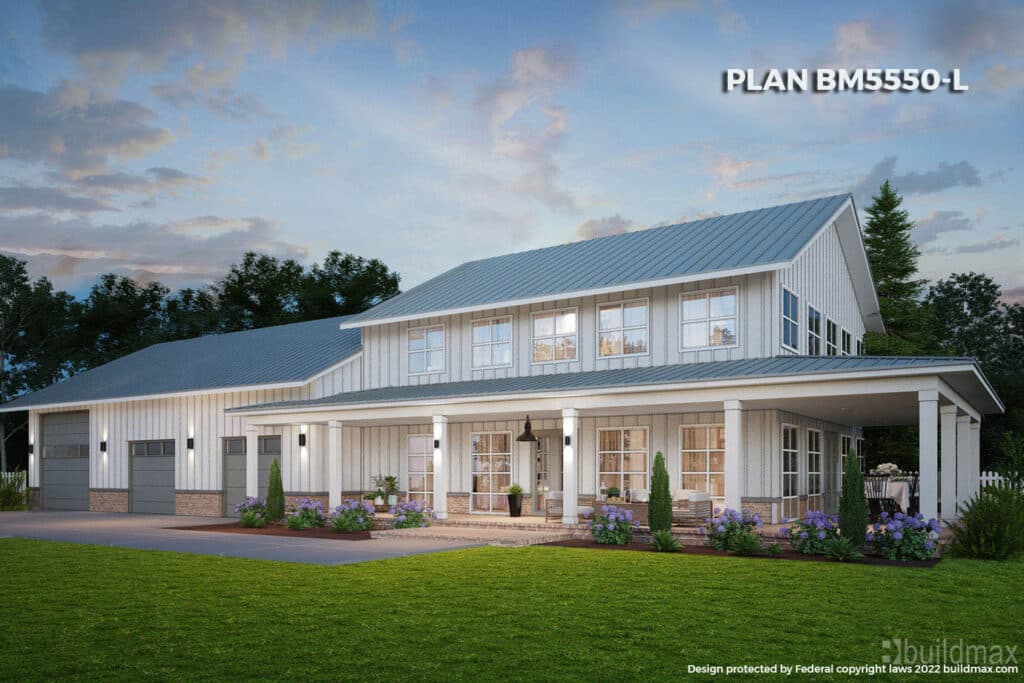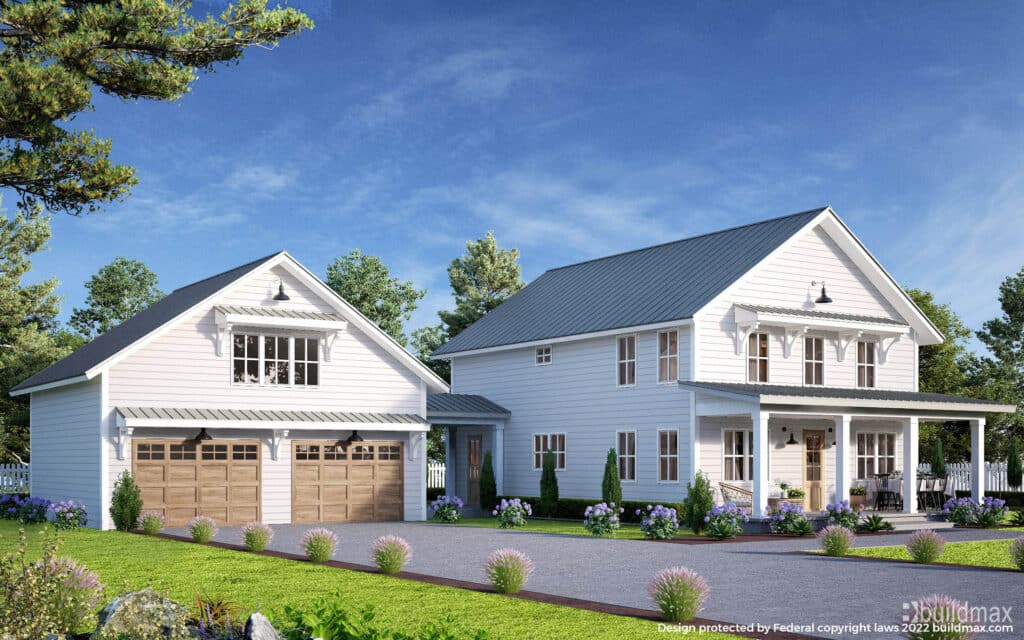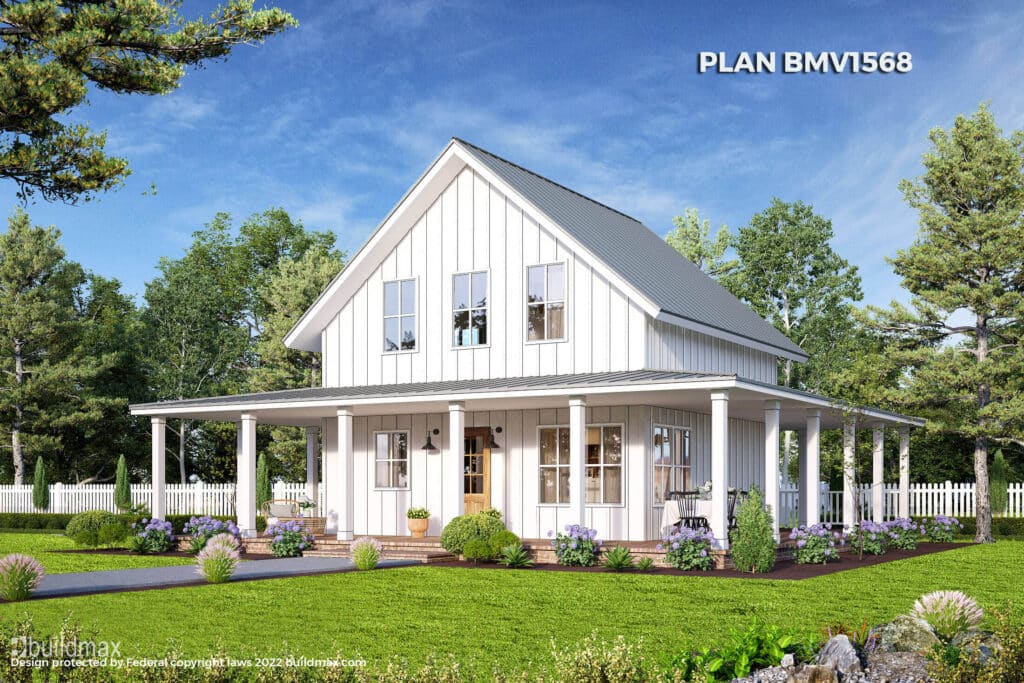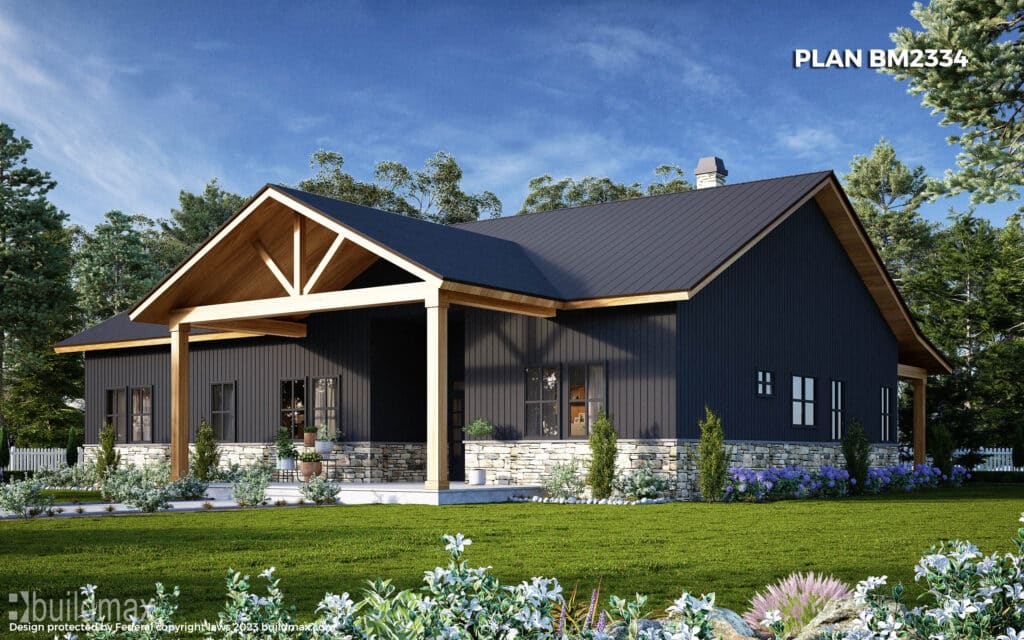Barndominiums have gained popularity in recent years for their unique blend of rustic aesthetics and modern living spaces. These versatile structures combine the functionality of a barn with the comforts of a traditional home. However, one important consideration for potential barndominium owners, especially in regions with cold weather, is whether these buildings are suitable for year-round living. In this article, we will delve into the various aspects that make barndominiums good or challenging in cold weather conditions.
Understanding Barndominiums
Before delving into their suitability for cold weather, let’s first understand what barndominiums are. Barndominiums are hybrid structures that typically consist of a steel or metal barn-like exterior with a residential interior. The residential portion features living spaces like bedrooms, kitchens, bathrooms, and even amenities such as fireplaces and heating and cooling systems. The barn portion can serve as storage for equipment, vehicles, or livestock.
Advantages of Barndominiums in Cold Weather
1. Insulation and Energy Efficiency: One of the most critical factors for a comfortable living environment in cold weather is insulation. Many barndominiums are constructed with modern insulation materials, making them energy-efficient and capable of retaining heat. Proper insulation can help keep the interior warm during harsh winter months, reducing energy costs.
2. Customization Options: Barndominiums offer a high degree of customization. This means that you can tailor your living space to suit your specific needs in cold weather. You can choose energy-efficient windows and doors, install a high-efficiency HVAC system, and incorporate insulation into the design where it’s needed most.
3. Open Layout: Barndominiums are known for their open and spacious layouts. This design can be beneficial in cold weather because it allows for efficient distribution of heat. With proper insulation and heating systems in place, you can maintain a comfortable temperature throughout the entire space.
4. Durability: The steel or metal construction of the exterior provides durability, which is crucial in cold weather. These materials are less prone to damage from snow, ice, and extreme temperature fluctuations compared to traditional wood structures.
5. Multi-Purpose Design: The barn portion of a barndominium can be used for various purposes, such as storing firewood, vehicles, or equipment. This can be especially advantageous during the winter months when you need to protect your assets from harsh weather conditions.
Challenges of Barndominiums in Cold Weather
1. Initial Construction Costs: Building a barndominium with high-quality insulation and heating systems can be expensive. While these investments can save money on energy bills in the long run, the initial construction costs can be a barrier for some homeowners.
2. Heating Efficiency: The open floor plan, while advantageous for heat distribution, can also present challenges in maintaining consistent temperatures throughout the entire space. Properly sizing and positioning heating systems is crucial to avoid cold spots.
3. Foundation and Frost Line: In areas with deep frost lines, the foundation of a barndominium may need to be constructed to a greater depth to prevent shifting due to freezing and thawing. This can add to construction costs.
4. Condensation and Moisture: Cold weather can lead to condensation and moisture issues within the building if not properly managed. Adequate ventilation and moisture control measures must be in place to prevent problems like mold and rot.
5. Snow Load: Depending on the location, barndominiums may need to be designed to withstand heavy snow loads. This could require additional structural support and engineering considerations.
Tips for Making Barndominiums Comfortable in Cold Weather
1. Quality Insulation: Invest in high-quality insulation materials and ensure they are properly installed throughout the building, including walls, roof, and floors.
2. Efficient Heating: Choose an energy-efficient heating system that suits the size and layout of your barndominium. Consider options like radiant floor heating or a high-efficiency furnace.
3. Seal Gaps and Cracks: Inspect for and seal any gaps or cracks in the building envelope to prevent drafts and heat loss.
4. Adequate Ventilation: Proper ventilation is essential to control moisture and prevent condensation. Install ventilation systems, especially in areas prone to humidity.
5. Roof Design: Consider a steep-pitched roof to minimize snow buildup and prevent potential structural issues.
6. Foundation Considerations: Work with an experienced builder to ensure the foundation is designed to withstand frost heave and soil movement in cold climates.
Barndominiums can be a viable housing option in cold weather regions when designed and constructed with careful consideration of insulation, heating systems, and other factors that impact comfort and energy efficiency. While they present unique challenges, their advantages in terms of customization, durability, and multi-purpose design make them a compelling choice for those seeking a blend of rural and modern living in colder climates. To make an informed decision, potential barndominium owners should consult with experienced architects, builders, and HVAC specialists to ensure that their specific needs are met, allowing them to enjoy a comfortable and cozy living environment even in the depths of winter.



